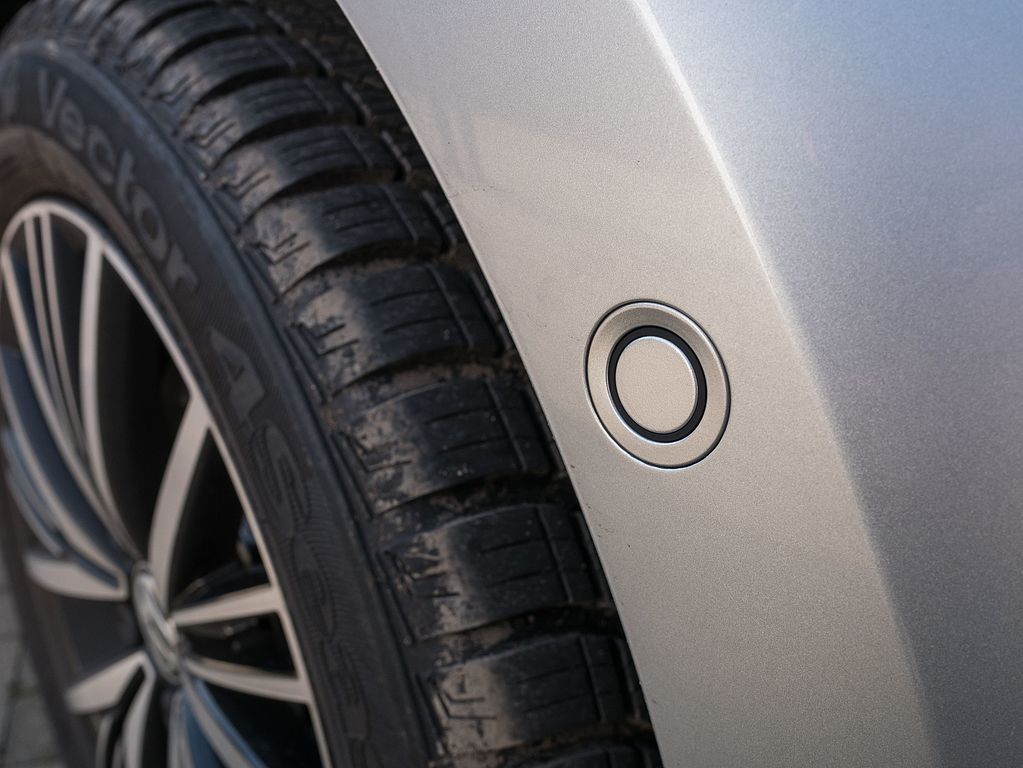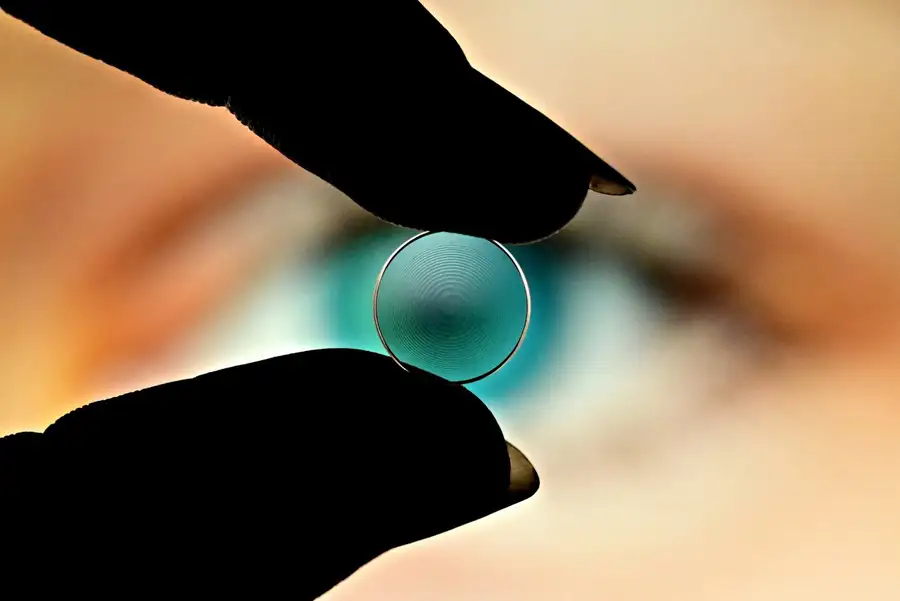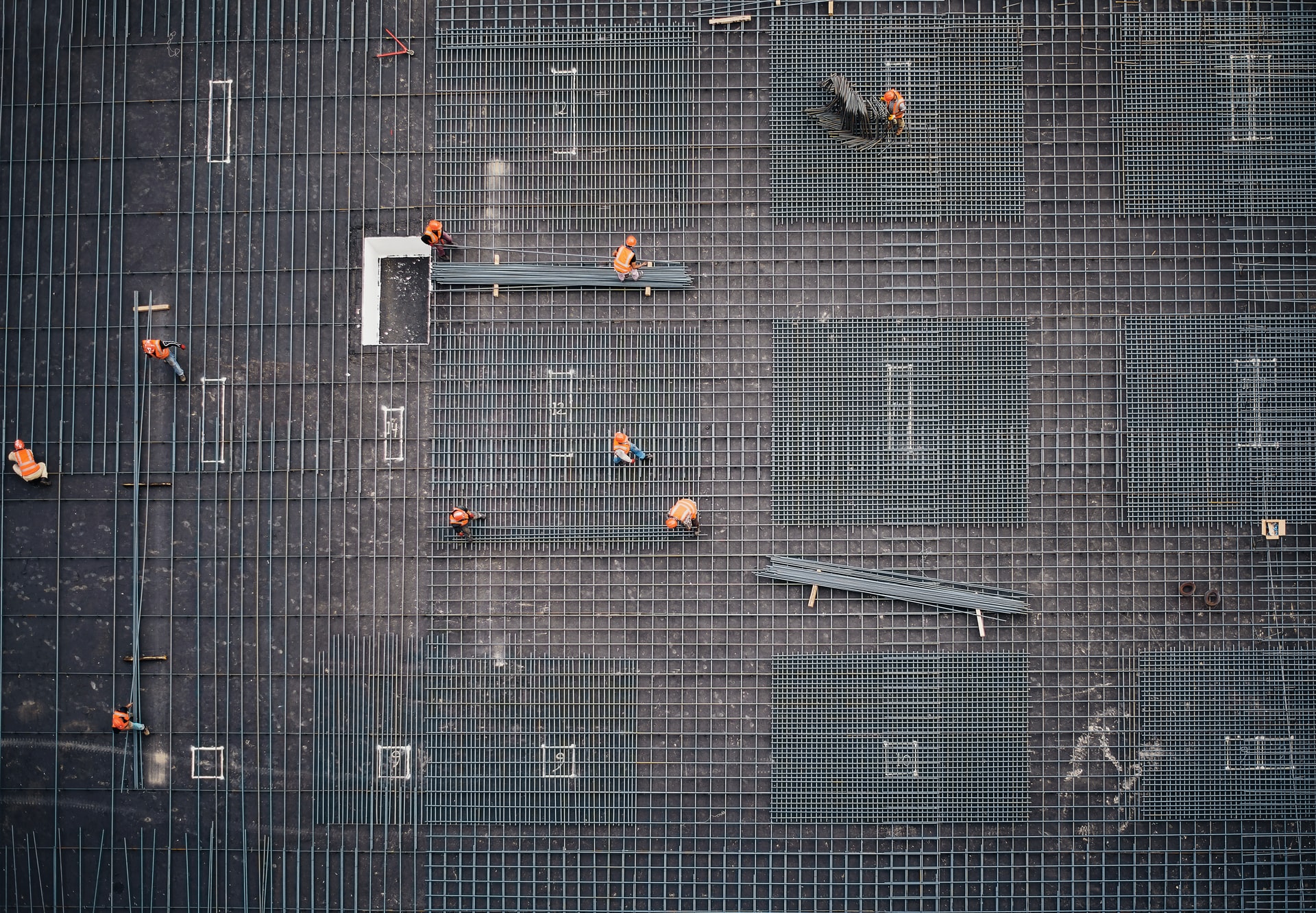Extending Human Senses with Sensors
Basic human senses include sight, sound, feel, taste, and touch. Getting sensors to record these senses in the way human bodies do is a huge challenge. But over time, sensors have become super capable replacements for humans and they are disposable, replaceable, cheap, and highly accurate, even over long periods of use. The efficiency that sensors bring allow for the improvement of processes such as baking and snack making, food and beverage production, cosmetics, dairy, pharmaceuticals, and more.
Ultrasonic & Photoelectric Sensors Working Together
One example of big data in action is the use of smart photoelectric sensors on automated packaging machines. These sensors “see” what is happening in the packaging process and confirm when certain procedures have been carried out or throw up a red flag when they haven’t. These sensors collect data on the packaging process to make sure it runs without a hitch. Their data is analyzed, so incremental improvements in the manufacturing process regularly occur.
In some settings, photoelectric sensors cannot be used as “sight” because they are impeded by materials used in the process whether dirt or oil or with objects that are shiny and tough to see. In these cases, compact ultrasonic sound sensors can be used to accurately sense whether some action has occurred or not. Ultrasonic sound sensors capture high-frequency sound waves and determine the position of objects using range-finding algorithms.
The following video shows a photoelectric sensor setup as part of an industrial process.







